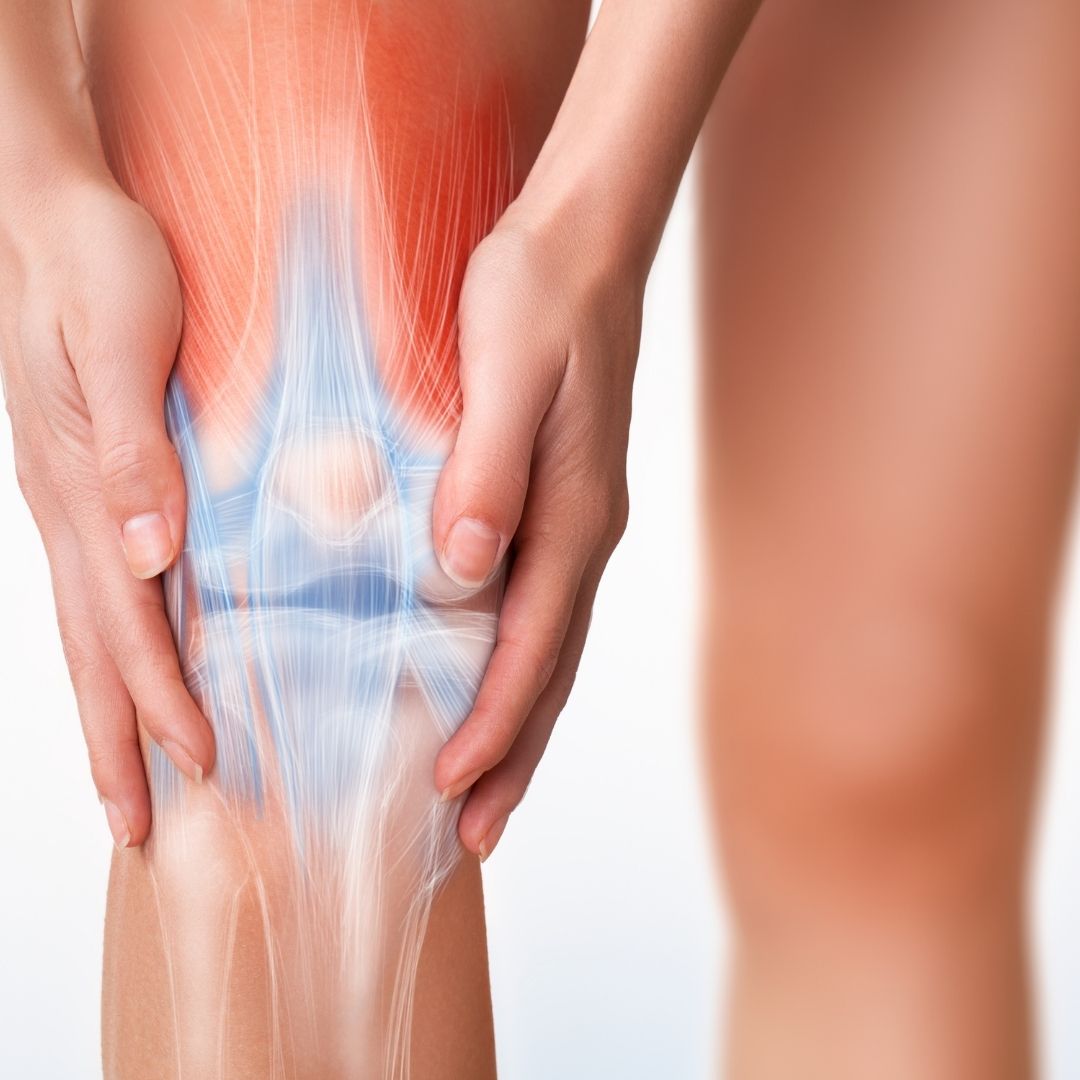Knee arthroscopy is a procedure that allows surgeons to see the knee joining without making a large incision through your skin and other soft tissues. Our NYC top arthroscopic knee surgeon at Dines Orthopedics uses arthroscopy to diagnose and treat many knee problems in patients. Knee arthroscopy is usually successful in helping reduce or eliminate pain associated with cartilage damage or soft tissue damage. NYC’s top arthroscopic knee surgeon and patients prefer knee scoping compared to other procedures since it is only a tiny incision and not open knee surgery. Before scheduling a knee arthroscopy with NYC’s top arthroscopic knee surgeon, your doctor will most likely have you attempt the RICE method. RICE stands for Rest, Ice, Compression, and Elevation, and then go from there depending on if that made a difference in your knee injury.

Knee Arthroscopy
Use of knee arthroscopy:
- Diagnose injuries
- Repair injured bones and soft tissues
- Removed damaged or inflamed tissues
Some common knee arthroscopy procedures:
- Partial meniscectomy
- Torn meniscus repair
- Meniscus transplant
- Fractures
- Inflammation
- Swollen synovium
- Torn cartilage that is loose in the joint
- Removal of a Baker’s cyst
- Torn anterior or posterior crucial ligaments
In some cases, nonsurgical treatment will work, including rest, physical therapy, medications, or injections to help reduce inflammation.
What Arthroscopies Are Used For
There are two main reasons why a patient would have a knee arthroscopy. The first reason is to repair or remove any damaged structure in the knee, such as removing torn or loose pieces of cartilage or repairing a torn meniscus. The second reason is to confirm and diagnose what is actually wrong with your knee and see the quality of your knee joint.
During the arthroscopy procedure, your procedure will insert a small camera into the incision are to get a full view of your knee to see what the problem is. The camera displays the images in the operating room. Your NYC top arthroscopic knee surgeon then uses the images on the screen to guide him in using his surgical instruments during the procedure. The incision area is also very small since arthroscopic knee surgery uses such small surgical instruments.
Recovering After The Procedure
Due to the small size of the incisions causes patients less pain and joint stiffness and often shortens the time to recover and resume normal activity. This procedure typically takes less than one hour but depending on what your NYC top arthroscopic knee surgeon finds, and it may take longer depending on the treatment. Although the likelihood of complications is low for this procedure, there is still a chance, and if they do occur and they are minor complications that can be treated with ease.
Complications that could occur:
- Infection
- Blood cloths
- Knee stiffness
- Accumulation of blood in the knee
- Bruising
- Swelling
- Injury to your cartilage, ligaments, meniscus, blood vessels, or nerves around your knee
- Excess bleeding during the procedure
- Allergic reaction to anesthesia or other medications
Dines Orthopedics
Once your NYC top arthroscopic knee surgeon finishes the procedure, your incisions will be closed with either stitches or steri-strips, and your knee will be wrapped with a soft bandage. Some cases require braces. Any major repair or reconstruction occurred during the procedure. After the knee arthroscopy procedure, you will be moved into a recovery room and will be able to go home within 1 or 2 hours. This type of surgery is a faster recovery than open knee surgery.
NYC Top Arthroscopic Knee Surgeon
Your NYC top arthroscopic knee surgeon will prescribe you medication for pain relief and may recommend medications to decrease your chance of getting blood clots. You will need to keep your leg elevated as much as possible to help lessen the swelling and pain in your knee. Your NYC top arthroscopic knee surgeon will keep you updated on if you can put weight on your knee after the procedure. Most patients need crutches after this surgery.
It is also crucial that you keep your incision area dry and clean. After the procedure, you will need to exercise your knee regularly for several weeks post-operation. By exercising your knee,, you will restore motion and strengthen your knee and leg muscles. Your NYC top arthroscopic knee surgeon could recommend you to see a physical therapist until you are able to use your knee normally again. With proper physical therapy exercises, you will be about to recover fully and quickly!

